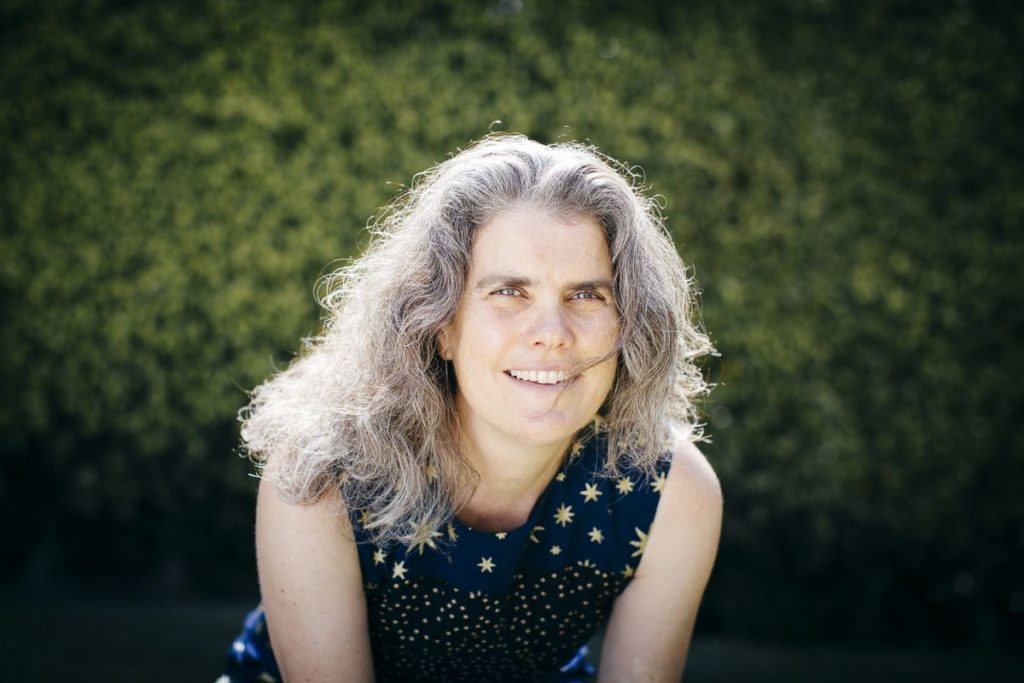Ghez, who received the early morning phone call Tuesday telling her of the prize from Göran K. Hansson, secretary general of the Royal Swedish Academy of Sciences, answered questions an hour later by phone and discussed the thrill of her discovery and her hope that she will inspire more women to enter the field.
Asked what she thought when she first saw signs that something mysterious was lurking at the center of the galaxy, she said, “I think the first thing is doubt. You have to prove to yourself you’re really seeing what you think you’re seeing. Doubt and excitement.”
She added, “We have no idea what’s inside the black hole, and that’s what makes these things such exotic objects.”
She said she feels particularly passionate about the teaching side of her profession.
“I take very seriously the responsibility of being the fourth woman to win the Nobel Prize. I hope I can inspire other young women into the field. It’s a field that has so many pleasures, and if you’re passionate about the science, there’s so much to be done,” Ghez said.
Ghez and Genzel independently investigated the region at the center of the galaxy known as Sagittarius A*. The tremendous speed at which stars move in that region suggest they are influenced by the gravity of a supermassive object. What that object is, exactly, is unknown, but as the Swedish Academy put it Tuesday in announcing the prize, “A supermassive black hole is the only currently known explanation.”
This year’s physics Nobel honored both the theoretical side of black holes — Penrose’s work — and the observational side, the investigations of Ghez and Genzel. There is no short list for a Nobel and laureates find out they have won only if and when they get the early morning phone call from Sweden.
(The Washington Post)

